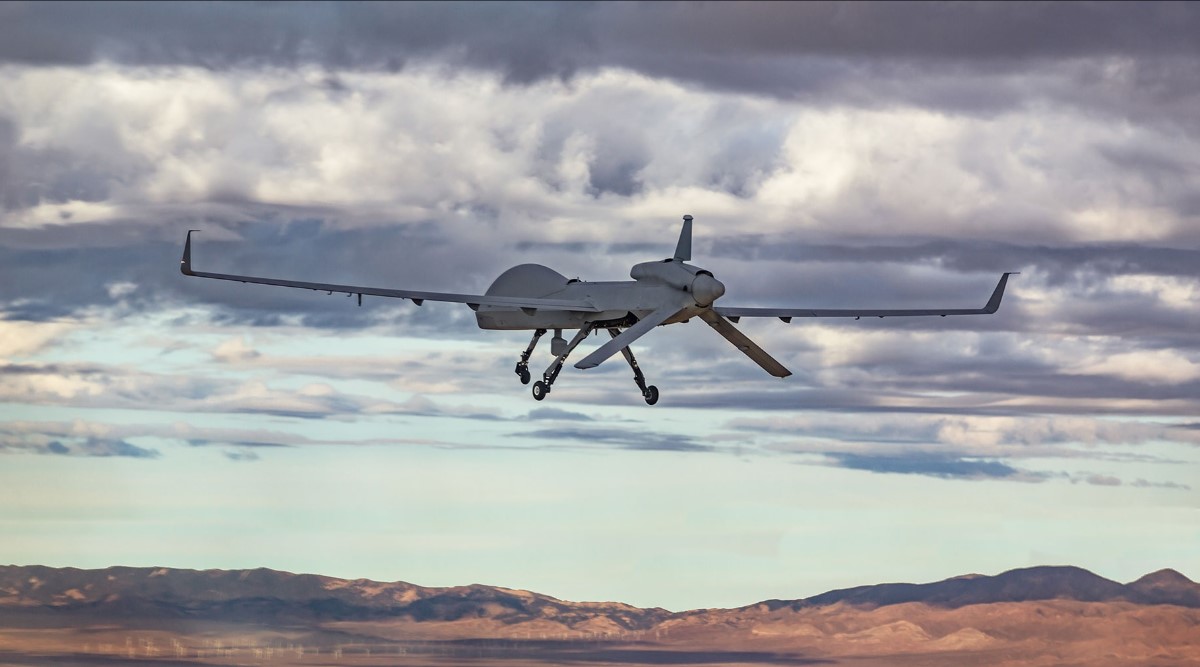GA-ASI Completes Durability Testing for Advanced 200-HP Heavy Fuel Engine HFE 2.0

GA-ASI's new 200-horsepower heavy fuel engine, HFE 2.0, successfully passed a 2,500-hour durability test, showcasing its enhanced reliability and suitability for military UAS applications.
On May 16, 2024, General Atomics Aeronautical Systems, Inc. (GA-ASI) successfully completed durability testing for its new 200-horsepower heavy fuel engine, known as HFE 2.0, at their El Mirage, California flight facility. This engine, featuring a GA-ASI-designed gearbox and dual brushless generators from General Atomics Electromagnetic Systems (GA-EMS), is engineered to last 2,500 hours between scheduled overhauls, significantly extending maintenance-free operational periods.
The final durability test simulated the full 2,500-hour lifespan of the engine, replicating the most strenuous conditions it might encounter in real-world operations. This included 1,250 full power take-offs and climbs to high cruising altitudes, as well as over 200 hours of cruising under maximum generator load.
GA-ASI President David R. Alexander praised the Internal Research and Development team for their innovation and technical expertise, stating that the HFE 2.0 engine is now the premier heavy fuel engine in aviation. This development addresses the challenge of diminishing manufacturing sources for aviation heavy fuel engines and components.
The U.S. Army is considering the HFE 2.0 to replace the current 180-horsepower engine in GA-ASI’s Gray Eagle Extended Range (GE ER) Unmanned Aircraft System (UAS). The HFE 2.0 is also a key component of the Gray Eagle 25M (GE 25M) UAS, designed for future Multi-Domain Operations (MDO) missions. Developed in collaboration with General Atomics Europe and propulsion technology innovator Cosworth, the HFE 2.0 boasts increased horsepower, durability, and reliability. The dual brushless generators, designed by GA-EMS, enhance field maintenance efficiency and provide over 50 percent more electrical power for new payloads and mission capabilities while maintaining the same Size, Weight, and Power (SWaP) as the existing generators.
Final 150-hour qualification testing is set to be completed by September, with certification from the U.S. Army to follow.


